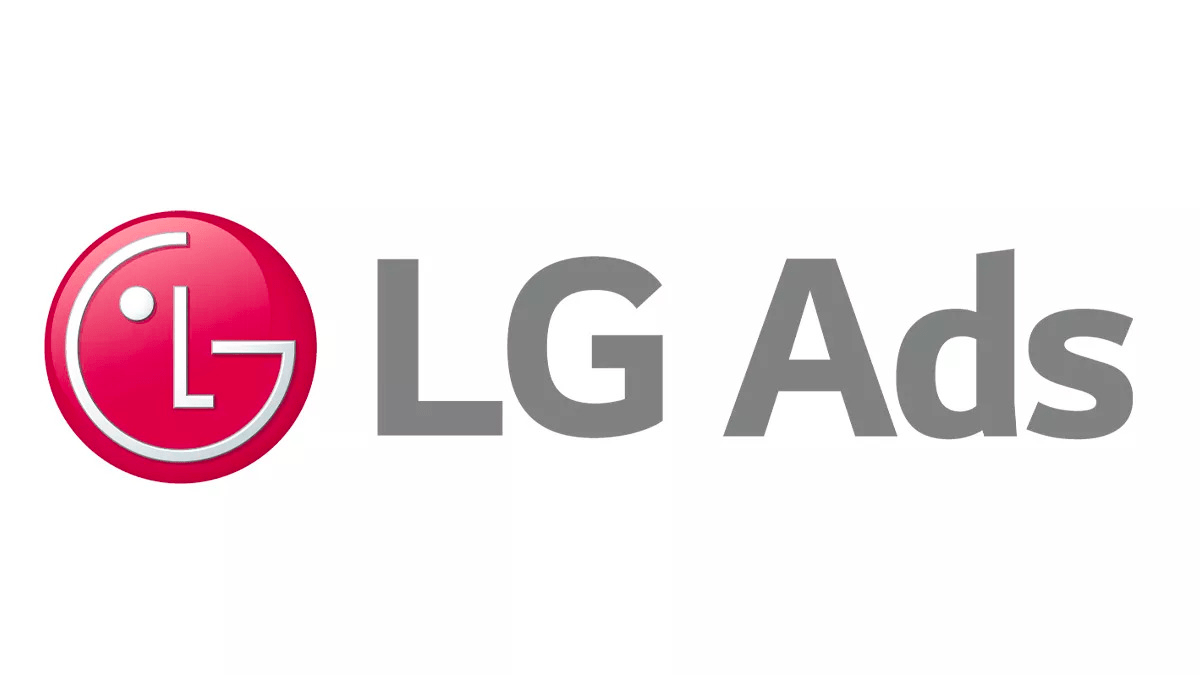You must have experienced annoying ads on mobile devices which do not have an obvious way to exit. Imagine a situation where you want to make a call in an emergency and that full page ad suddenly pops up on your screen and asks you to wait for 10 sec. Definitely not a great user experience, right?
Google took this seriously this February and removed around 600 apps and banned their developers from the Google Play Store. As per Google they were violating two of its advertising policies – the disruptive ads policy and disallowed interstitial policy.
Google defines disruptive ads as those that are “displayed to users in unexpected ways”. In-app ads are allowed however these ads were classified as “out-of-context ads”.
Such ads appear on top of other apps, or on the device’s home screen, even if the user is not active in the app in question. The ads often don’t show any clear means of dismissal, while users have no clue from where they originate. This results in inadvertent clicks that waste “advertiser spend”.
Majority of the banned apps originate from China, Hong Kong, Singapore, and India. They were mostly gaming apps and were target to English speaking users. As per Google, they were installed for more than 4.5 billion times in total.
One such app developer is Cheetah Mobile. It has received warning from Google in previous occasions too. This time Cheetah Mobile lost around 40 apps from the app store.
Google deployed new technology late last year to automatically detect if apps were displaying ads when they were not in use. This change helped identify the offending apps and developers, which led to the banning of apps.
The developers are given a warning for the first offence. If the problem is not corrected then Google is forced to take the extreme step.
As per sources, Google has begun to refund brands whose ads were displayed in disruptive ways.
Reference Links:




 Talk to a Media ERP Specialist
Talk to a Media ERP Specialist

















